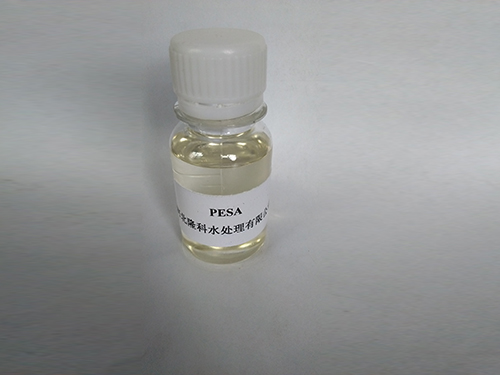Effective Use of Industrial Flocculants for Enhanced Water Treatment Processes
The Role of Industrial Flocculants in Water Treatment Processes
In the pursuit of clean water and effective waste management, the role of industrial flocculants has become increasingly prominent. Flocculants are substances that promote the clumping together of particles in suspension, facilitating their removal from liquids. This process, known as flocculation, is essential in various industries, particularly in water treatment, mining, and paper manufacturing. Here, we explore the significance, types, mechanisms, and applications of industrial flocculants.
Significance of Flocculants
Water is a critical resource for both human consumption and industrial processes. However, the increasing pollution levels in water bodies have necessitated the development of effective treatment methods. Flocculants are integral in this context, as they help remove suspended solids, colloids, and impurities from wastewater, making it suitable for discharge or reuse. By enhancing sedimentation rates, flocculants reduce the processing time and costs involved in treating water.
Moreover, the use of flocculants contributes to environmental sustainability. By ensuring that industrial waste is adequately treated before discharge, flocculants play a vital role in minimizing the ecological impact of various industries, thereby protecting aquatic ecosystems and public health.
Types of Industrial Flocculants
Flocculants can be broadly classified into two categories organic and inorganic flocculants
.1. Organic Flocculants These are typically polymer-based compounds, which can be further divided into natural and synthetic polymers. Natural flocculants, such as starches and chitosan, are derived from biological sources and are often biodegradable, presenting an eco-friendly alternative for water treatment. Synthetic organic flocculants, like polyacrylamides, are widely used due to their effectiveness and versatility. They are designed to optimize flocculation processes across various pH levels and temperatures.
2. Inorganic Flocculants Common inorganic flocculants include aluminum sulfate (alum), ferric chloride, and lime. These compounds work by neutralizing charges on particles, allowing them to aggregate and settle. Inorganic flocculants are often cost-effective and highly efficient, especially in applications requiring high removal rates of solid contaminants.
Mechanisms of Flocculation
industrial flocculant

The mechanism of flocculation involves multiple processes that can vary depending on the type of flocculant used. Generally, flocculation begins with the destabilization of particles in suspension. For charged particles, flocculants neutralize the charge, enabling the particles to come closer together. As these particles collide, they form larger aggregates or 'flocs.'
These flocs then settle due to gravity, facilitating the separation of solids from the liquid phase. This process can be influenced by factors such as pH, temperature, ionic strength, and the concentration of flocculant used, making the selection and dosage of the flocculant critical for optimal performance.
Applications of Industrial Flocculants
The applications of industrial flocculants are diverse, ranging from municipal water treatment to specific industrial processes.
1. Water Treatment In municipal water systems, flocculants are used to remove turbidity and pathogens, ensuring safe drinking water. They play a crucial role in clarifying drinking water, enhancing filtration efficiency, and reducing the formation of harmful disinfection by-products.
2. Mining Industry In mining, flocculants are essential in the processing of ore to separate valuable minerals from waste material. They enable the recovery of fine particles and improve the efficiency of tailings management, thus minimizing the environmental impact of mining operations.
3. Paper and Pulp Industry Flocculants are vital in the paper manufacturing process for retaining fiber and fillers while removing contaminants from the pulp. This results in improved paper quality and reduced water usage.
4. Agriculture Flocculants can be used in agricultural runoff treatment systems to enhance the sedimentation of soil particles and fertilizers, thus mitigating water pollution.
Conclusion
Industrial flocculants are indispensable in modern water treatment and various industrial processes. Their ability to enhance the removal of suspended solids not only promotes effective wastewater management but also supports environmental sustainability. As industries continue to seek solutions for cleaner water and responsible waste management, the future of flocculants remains promising, paving the way for innovative applications and improved formulations. As we navigate environmental challenges, the role of industrial flocculants will undoubtedly continue to grow in significance.
-
Water Treatment with Flocculant Water TreatmentNewsJun.12,2025
-
Polymaleic AnhydrideNewsJun.12,2025
-
Polyaspartic AcidNewsJun.12,2025
-
Enhance Industrial Processes with IsothiazolinonesNewsJun.12,2025
-
Enhance Industrial Processes with PBTCA SolutionsNewsJun.12,2025
-
Dodecyldimethylbenzylammonium Chloride SolutionsNewsJun.12,2025





